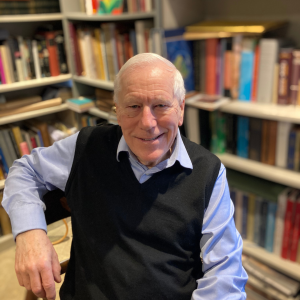Looking After The Queen’s Pictures
 Christopher Lloyd talks about working with Her late Majesty
Christopher Lloyd talks about working with Her late Majesty
Sunday 22 October 3pm
Seagull Theatre, Lowestoft
Christopher Lloyd CVO is a distinguished art historian, curator and author who was surveyor of the Queen’s pictures from 1988 to 2005. Previous holders of this post, which goes back to 1625, include Sir Kenneth Clark and Anthony Blunt. He was responsible for the care and maintenance of the pictures owned by the Queen in her official capacity (not her own stuff). That’s some 7,000 pictures and 3,000 miniatures.
 Christopher Lloyd’s duties also included helping the Queen choose artists to paint official portraits of the newly ennobled. So he has lots of stories to tell about his close association with the Queen, and seems perfectly relaxed about being candid. He’s a confident and accomplished speaker who has also worked in the Ashmolean Museum, Harvard University, the Arts Institute in Chicago and Villa I Tatti in Florence.
Christopher Lloyd’s duties also included helping the Queen choose artists to paint official portraits of the newly ennobled. So he has lots of stories to tell about his close association with the Queen, and seems perfectly relaxed about being candid. He’s a confident and accomplished speaker who has also worked in the Ashmolean Museum, Harvard University, the Arts Institute in Chicago and Villa I Tatti in Florence.
Christopher Lloyd will be in conversation with Stuart Pearson Wright, a prize-winning portraitist who lives near Bungay and has painted Prince Philip, King Charles – and the royal corgis. They will have a lot to talk about. Book at theseagull.co.uk.